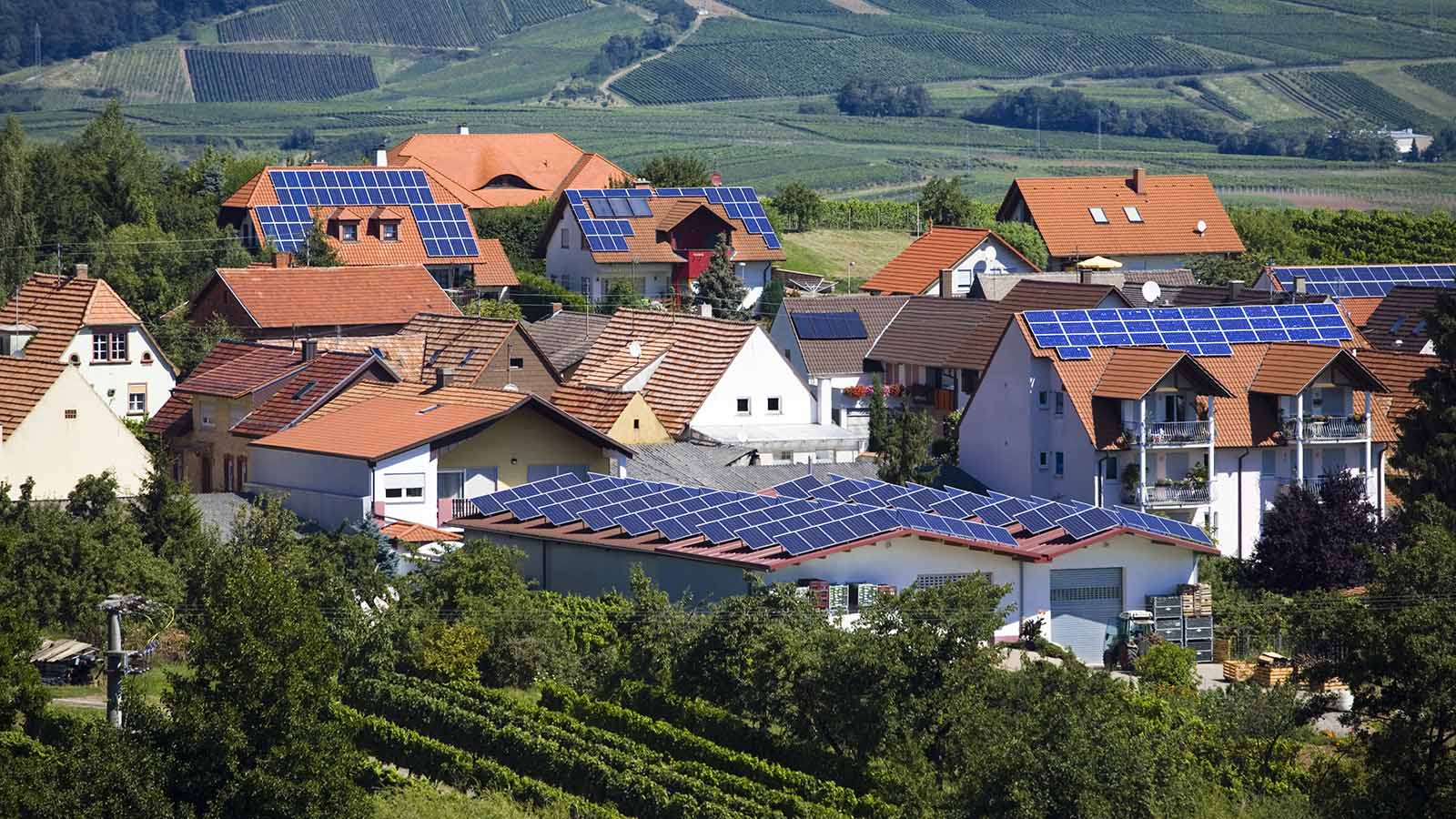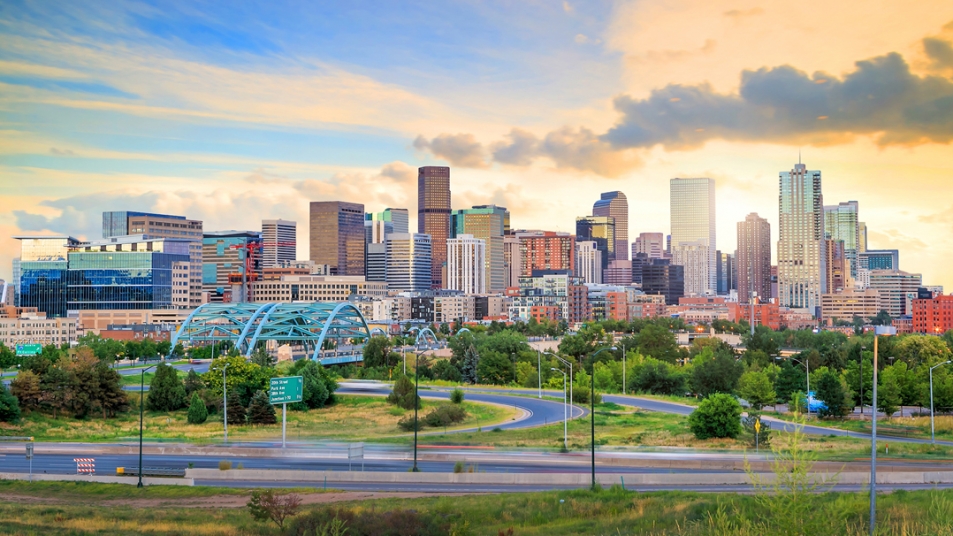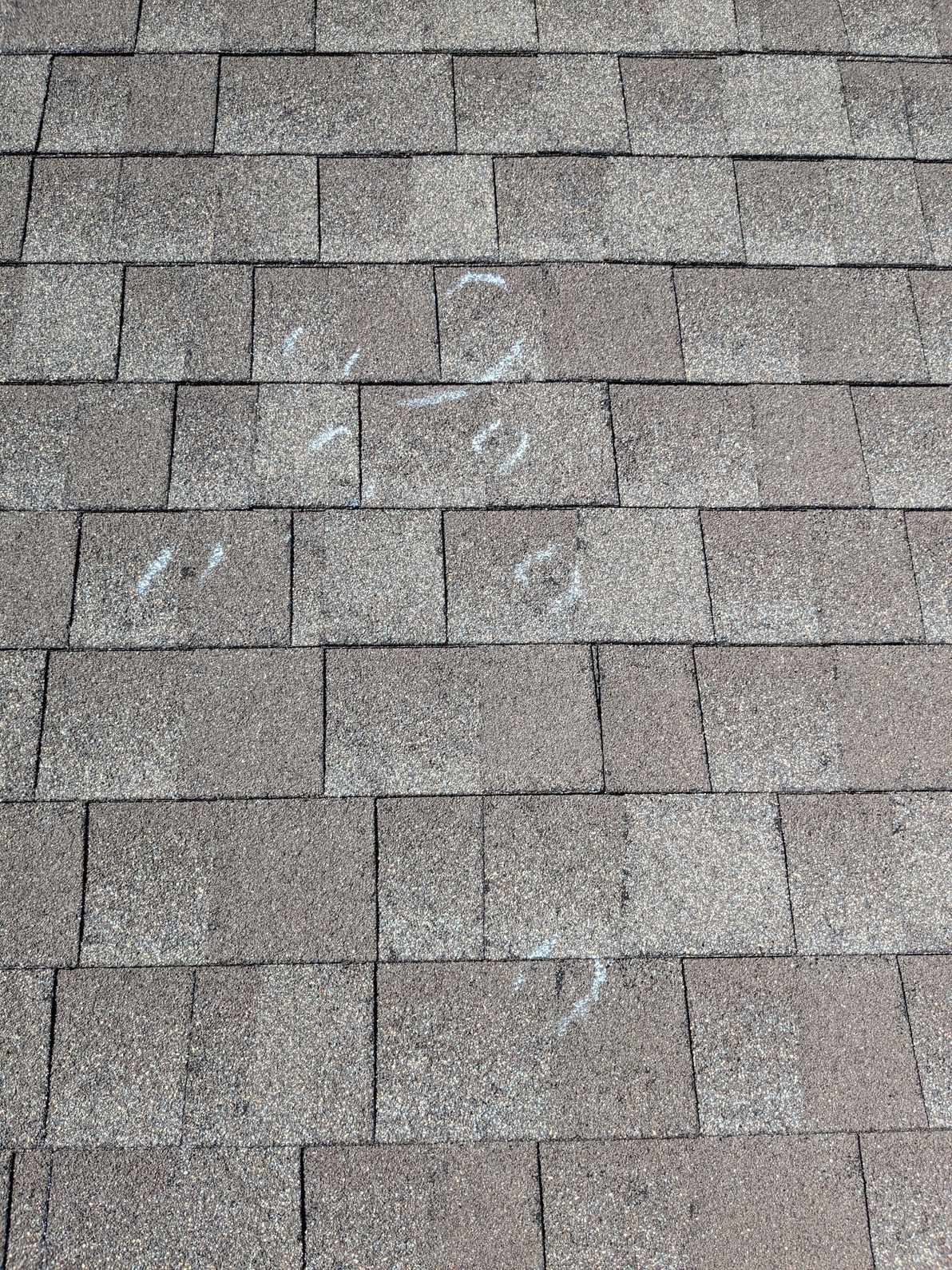The website is running an outdated PHP version (7.4); please upgrade it and check for any malware or security vulnerabilities.
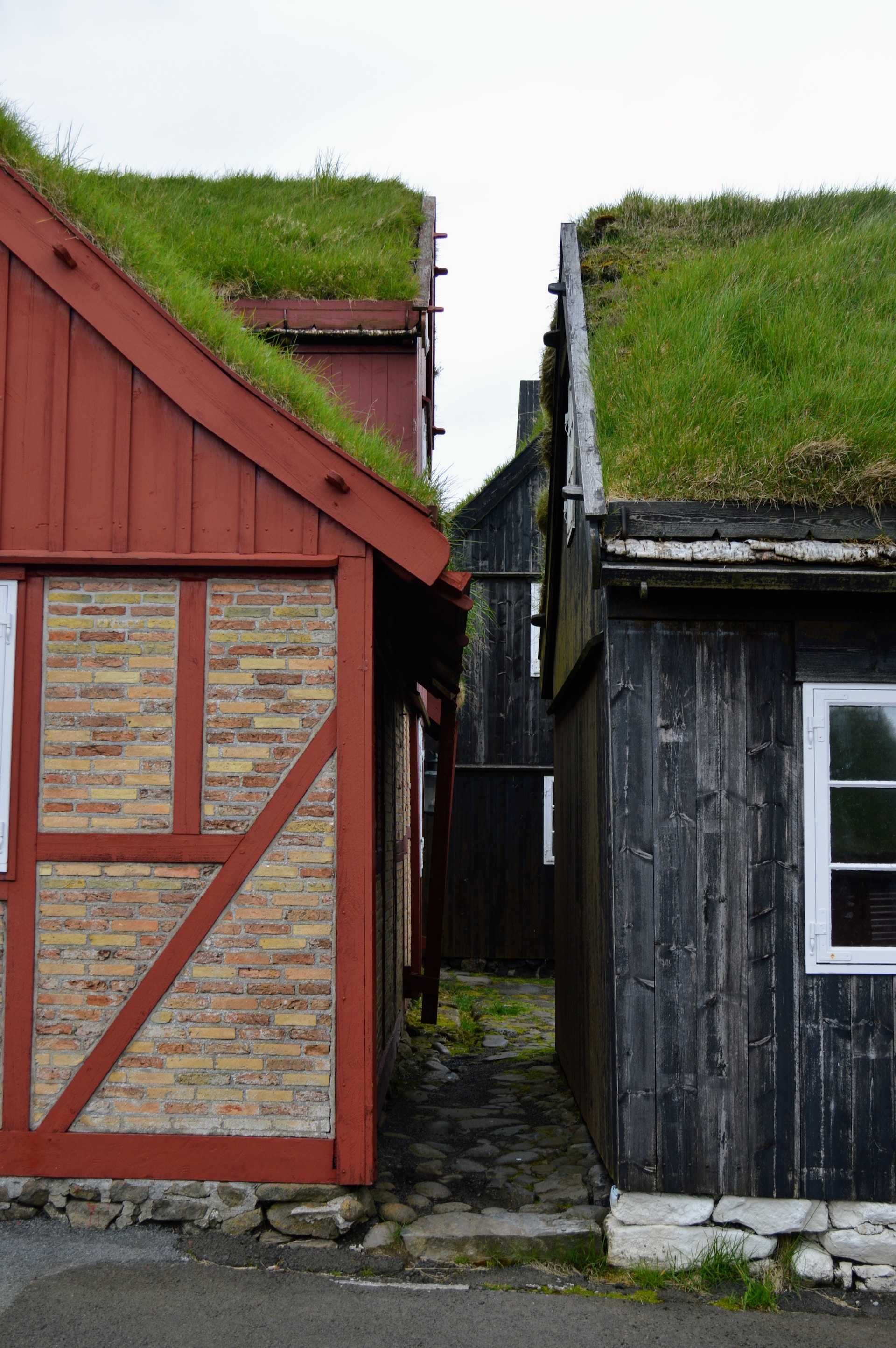
6th June, 2024
Exploring the Advantages of Green Roofing in Denver: Sustainability Matters
Introduction: When it comes to sustainable building practices, Denver has been leading the way with its commitment to eco-friendly initiatives. One such practice gaining popularity is green roofing. Green roofs not only add a touch of natural beauty to the urban landscape but also provide a host of environmental benefits. In this article, we'll dive into the advantages of green roofing in Denver and why sustainability matters for our city.
Cooling Effect in Denver's Climate: Denver's scorching summer temperatures can be unbearable at times, but green roofs offer a natural solution. By using vegetation and soil to cover rooftops, green roofs act as a cooling mechanism, reducing the urban heat island effect. The plants absorb and dissipate heat, effectively lowering the temperature of the building and the surrounding areas. This cooling effect can lead to significant energy savings by reducing the need for excessive air conditioning during hot summer months.
Stormwater Management and Water Conservation: Denver experiences its fair share of intense rainfall, which can lead to stormwater runoff issues. Green roofs play a vital role in managing stormwater by absorbing and retaining rainwater, preventing it from overwhelming the city's drainage systems. By reducing the volume and velocity of runoff, green roofs help prevent flooding and mitigate water pollution.
Additionally, green roofs contribute to water conservation efforts. The plants on the rooftop act as natural filters, purifying rainwater and reducing the strain on municipal water sources. This dual benefit of stormwater management and water conservation makes green roofing an excellent choice for Denver's sustainable future.
Improved Air Quality and Biodiversity: With its growing population and urban development, Denver faces challenges related to air pollution and loss of biodiversity. Green roofs provide a solution by acting as urban lungs, filtering pollutants and absorbing carbon dioxide. The plants on green roofs capture airborne particles, reducing the concentration of pollutants in the air and improving overall air quality.
Moreover, green roofs create habitat opportunities for birds, insects, and other wildlife, promoting biodiversity within the city. By integrating green spaces into the urban environment, we can create a healthier and more sustainable ecosystem for both humans and nature.
Anecdote: Picture yourself standing on a rooftop garden in downtown Denver. As you take a deep breath, you notice the air feels fresher and cleaner. You spot a vibrant butterfly fluttering amidst the flowers and hear the melodious chirping of birds nearby. It's a beautiful sight that showcases how green roofs contribute to a thriving urban ecosystem.
Energy Efficiency and Cost Savings: Green roofs provide an additional layer of insulation, reducing heat transfer between the building and the environment. This insulation effect helps regulate indoor temperatures, keeping buildings cooler in summer and warmer in winter. By reducing the demand for heating and cooling, green roofs contribute to energy efficiency and lower energy bills for building owners.
Furthermore, the extended lifespan of green roof membranes results in long-term cost savings. The vegetation layer acts as a protective shield, shielding the waterproofing layer from UV rays, extreme temperatures, and physical damage. With proper maintenance, green roofs can outlast conventional roofs, saving money on frequent replacements.
Conclusion: Green roofing offers numerous advantages for Denver, aligning with the city's commitment to sustainability and environmental stewardship. By implementing green roofs, we can combat the urban heat island effect, manage stormwater, improve air quality, support biodiversity, enhance energy efficiency, and reduce long-term costs. Embracing the benefits of green roofing is not only a smart choice for individual buildings but also a step towards a greener and more sustainable future for the Mile-High City.
So, let's paint our rooftops green and sow the seeds of sustainability, one green roof at a time!
Latest posts
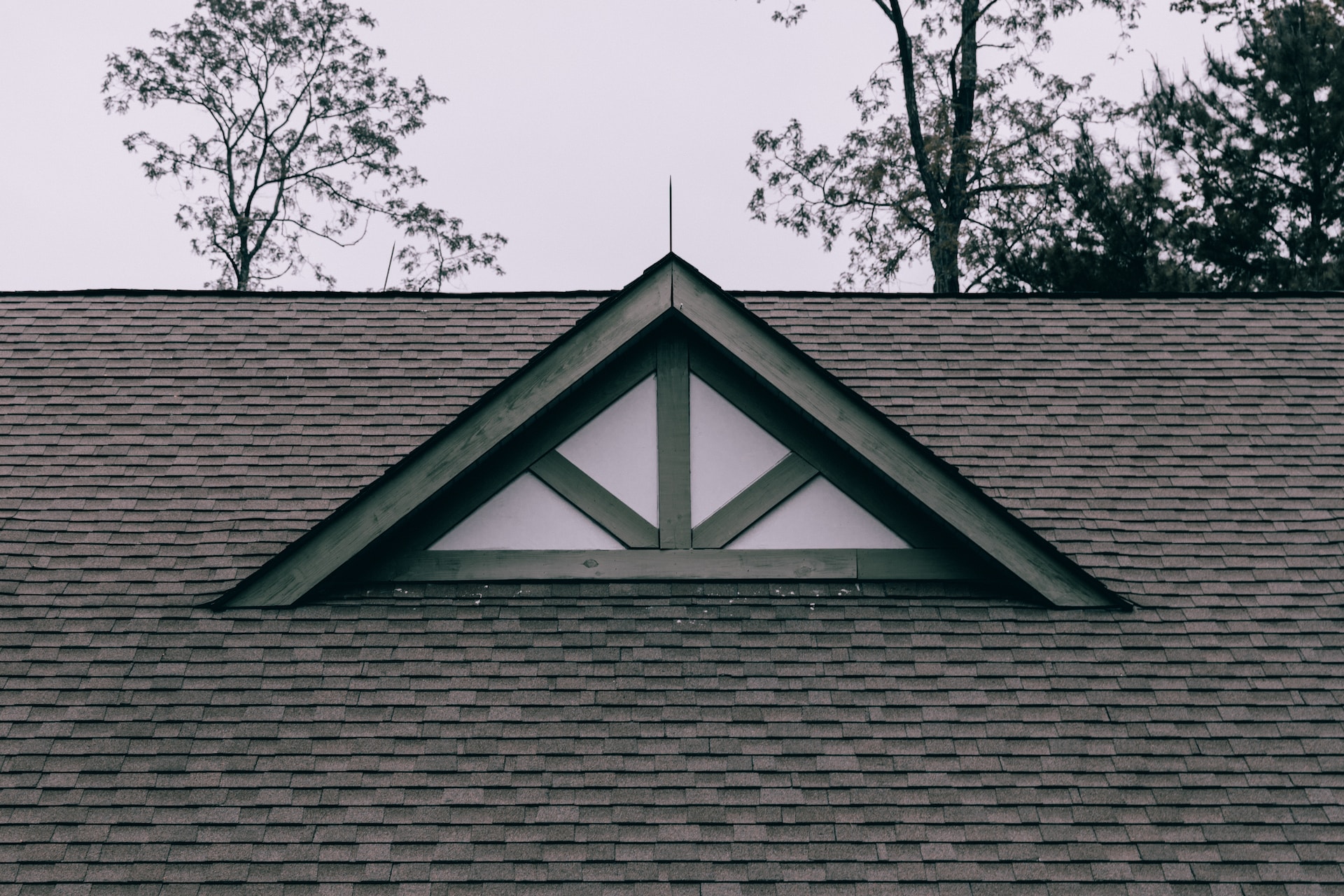
How do I know if I need a new roof or a roof inspection?
6th June, 2024
Will Insurance Cover Roof Replacement? Know Your Policy
6th June, 2024

